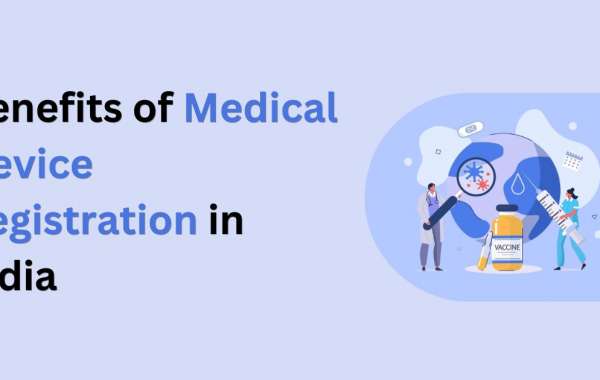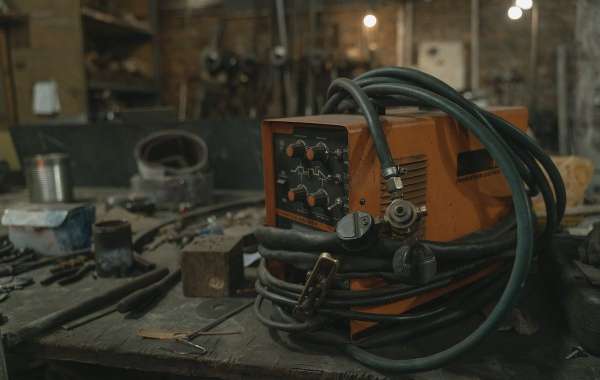Introduction
In the global healthcare industry, medical devices play a crucial role in diagnosis, treatment, and patient care. For importers looking to bring these life-saving technologies into new markets, navigating the complex landscape of medical device registration is essential. This article explores the importance of medical device registration for importers, outlining the regulatory requirements, registration process, and key considerations for successful market entry.
Understanding Regulatory Landscape:
Medical device registration is governed by regulatory authorities such as the Central Drugs Standard Control Organization (CDSCO) in India and the Food and Drug Administration (FDA) in the United States. These authorities establish stringent regulations to ensure the safety, efficacy, and quality of medical devices entering the market. Importers must familiarize themselves with the regulatory requirements of the target market and adhere to applicable standards to obtain registration.
Types of Medical Devices:
Medical devices encompass a wide range of products, including diagnostic equipment, surgical instruments, implants, and more. These devices are classified based on their risk level, with Class I devices posing the lowest risk and Class III devices posing the highest risk to patients. Importers must accurately classify their medical devices and ensure compliance with the corresponding regulatory requirements.
Medical Device Registration Process:
The medical device registration process is a critical step for manufacturers and importers seeking to market their products in various jurisdictions. This process involves navigating complex regulatory frameworks, demonstrating compliance with safety and efficacy standards, and obtaining approval from regulatory authorities. Here's an overview of the medical device registration process:
Preparation and Documentation:
- Manufacturers or importers begin by preparing comprehensive documentation related to the medical device. This includes detailed information about the device's design, intended use, materials, manufacturing processes, labeling, and packaging.
- Documentation must also include evidence of compliance with relevant standards and regulations, such as test reports, quality management system certifications (e.g., ISO 13485), and clinical data (if applicable).
Product Classification:
- Medical devices are classified based on their intended use and potential risk to patients. Common classification systems include Class I, Class II, and Class III, with higher-risk devices requiring more stringent regulatory oversight.
- Manufacturers or importers must accurately classify their devices according to the regulatory framework of the target market to determine the applicable requirements.
Selection of Regulatory Pathway:
- Depending on the jurisdiction, different regulatory pathways may be available for medical device registration. These pathways may include premarket notification (510(k)), premarket approval (PMA), or conformity assessment procedures.
- Manufacturers or importers must carefully assess the regulatory requirements and select the most appropriate pathway for their device.
Submission of Registration Application:
- Once all documentation is prepared and the regulatory pathway is chosen, manufacturers or importers submit the registration application to the relevant regulatory authority. This application typically includes the device's technical dossier, along with any required fees.
- The application must be submitted in accordance with the regulatory authority's specific requirements and guidelines.
Review and Evaluation:
- Upon receipt of the registration application, the regulatory authority conducts a thorough review and evaluation of the submitted documentation. This process may involve assessing the device's safety, efficacy, performance, and compliance with regulatory requirements.
- Review timelines and procedures vary depending on the jurisdiction and the complexity of the device.
Communication and Clarifications:
- During the review process, the regulatory authority may request additional information or clarifications from the manufacturer or importer. It is essential to promptly respond to these requests and provide any necessary supplementary documentation.
- Effective communication with the regulatory authority can help expedite the review process and address any concerns or questions they may have.
Approval and Issuance of Registration:
- If the regulatory authority determines that the device meets all requirements and is safe and effective for its intended use, they will grant registration or market approval. This approval allows the device to be legally marketed and sold in the jurisdiction.
- Upon approval, the regulatory authority issues a registration certificate or marketing authorization, which serves as official documentation of the device's registration status.
Post-Market Surveillance and Compliance:
- Even after registration is granted, manufacturers or importers must continue to monitor the safety and performance of their devices once they are on the market. This includes implementing post-market surveillance systems to track adverse events, conducting regular quality audits, and complying with reporting requirements.
- Regulatory authorities may conduct periodic inspections and audits to ensure ongoing compliance with regulatory standards.
Renewal and Maintenance:
- Medical device registrations typically have a finite validity period, after which they must be renewed to remain valid. Manufacturers or importers must adhere to renewal requirements and submit any necessary documentation or fees to maintain registration status.
- Additionally, any changes to the device's design, manufacturing processes, or labeling must be evaluated for their impact on regulatory compliance and may require notification or approval from the regulatory authority.
Global Harmonization and Mutual Recognition:
- In an increasingly globalized market, efforts are underway to harmonize regulatory requirements across different jurisdictions and promote mutual recognition of regulatory approvals. This can streamline the registration process for manufacturers and importers operating in multiple markets and facilitate access to new markets.
Compliance with Quality Standards:
Adherence to quality management systems, such as ISO 13485, is essential for ensuring the safety and efficacy of medical devices. Importers must ensure that their products undergo testing and certification by accredited laboratories to verify compliance with quality standards. Product safety and efficacy are paramount, and importers must prioritize these factors throughout the registration process.
Post-Registration Obligations:
After obtaining registration, importers have ongoing obligations to maintain compliance with regulatory requirements. This includes reporting adverse events, conducting product recalls and safety alerts if necessary, and participating in compliance audits and inspections conducted by regulatory authorities. Importers must remain vigilant and proactive in upholding regulatory compliance to protect patient safety and maintain market access.
Market Access and Distribution:
Medical device registration is a prerequisite for market entry, allowing importers to access new markets and expand their distribution networks. Registration facilitates partnerships with healthcare providers, distributors, and end-users, enabling importers to deliver innovative medical technologies to those in need. Market access and distribution opportunities are critical for importers seeking to grow their business and make a positive impact on healthcare delivery.
Risk Management and Liability:
Importers must mitigate risks associated with non-compliance and understand their liability obligations in the event of product recall or safety issues. Due diligence in supplier selection, thorough risk assessments, and comprehensive quality control measures are essential for minimizing risks and protecting both patients and the importer's reputation.
Conclusion:
Medical device registration is a fundamental requirement for importers seeking to bring life-saving technologies into new markets. By understanding regulatory requirements, adhering to quality standards, and prioritizing patient safety, importers can navigate the registration process successfully and access new opportunities for growth and innovation in the healthcare industry. Compliance with regulatory obligations and proactive risk management are essential for importers to thrive in the competitive landscape of medical device importation.








